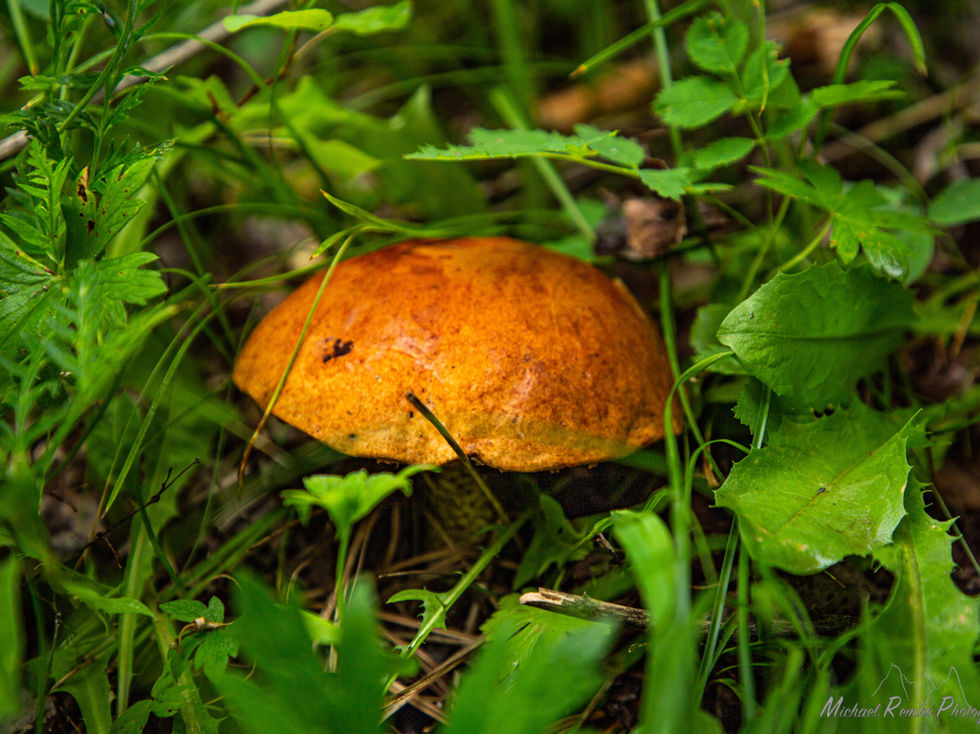
I grew up with the phrase "Don't Bust the Crust" as an integral term used on family trips to Utah. The statement is in regard to "cryptobiotic soil" or biological soil crust. The slow growing assemblage of moss, lichen, and cyanobacteria live on the surface of desert soils, making them the literal living skin of the Earth. The tiny organisms are rich in complexity in interaction and depth, but I have added fungi, including their fruiting bodies (mushrooms) and lichen - the species burrito of fungi and cyanobacteria. These biota are cryptic because of the greater mystery. Mycelium of fungi below ground extend out dozens of meters within a single gram of soil. They intertwine with plant roots and engage in complex economic markets where plants offer fungi carbon in exchange for soil nutrients or water. These complex relationships are known as mycorhizzas, where plants give carbon to a fungus, known as a mycorhizzal fungi. Some common examples of species in this world of fungi is russula or amanita. There are many more species that make below-ground spores and are never seen to human eyes. Many other species of fungi operate without direct connection to plants, but many still decompose organic material prodiced by plants. The fungus is among us.
















